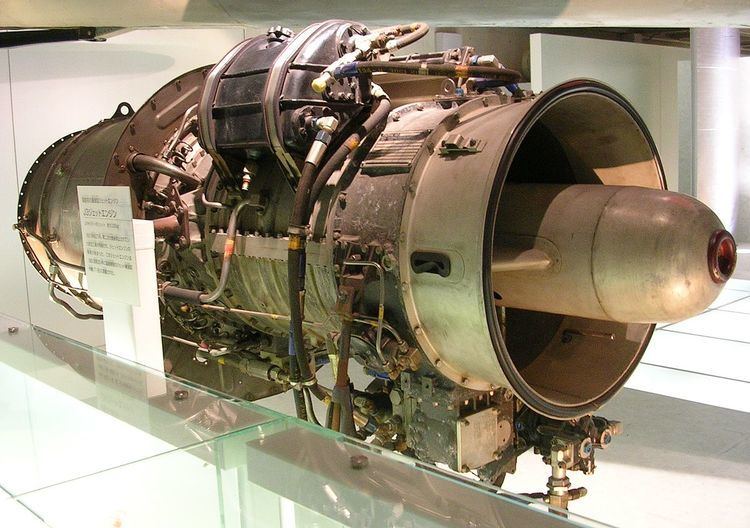 | ||
The Ishikawajima-Harima J3 was a Japanese turbojet aircraft engine. It was the first jet engine designed and built in Japan after the Second World War and was used to power the Fuji T-1 trainer and as a booster engine in the Kawasaki P-2J patrol aircraft.
Contents
Design and development
Development of the J3, the first Japanese post-war jet engine, intended to power the Fuji T-1 jet trainer, was begun in 1955 by the Nippon Jet-Engine Company, with Ishikawajima-Harima Heavy Industries (IHI) being designated prime contractor in 1959. The resulting engine was a small, simple axial-flow turbojet.
The first pre-production engine began flight testing in a Curtiss C-46 testbed in February 1960, with production deliveries beginning in April 1962.
Operational history
While the J3 was designed to power the Fuji T-1, it was not ready in time and the first version of the T-1 was powered by imported British Bristol Orpheus engine. The J3-IHI-3 version of the engine equipped the later T-1B version. A more powerful version of the J3, the J3-IHI-7 was used to re-engine the T-1Bs and as booster engines for the Kawasaki P-2J maritime patrol aircraft.
Variants
Applications
Specifications (J3-IHI-7C)
Data from Jane's All The World's Aircraft 1976–77
